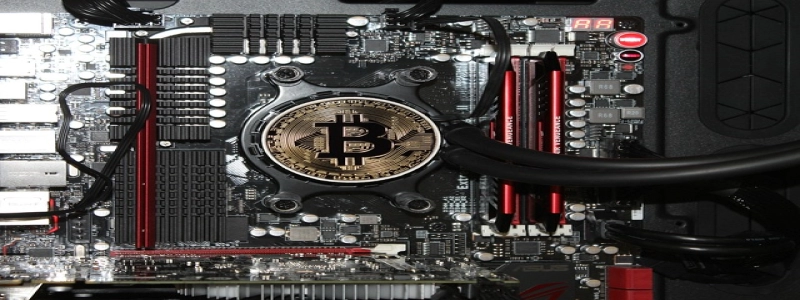Introduction
I. What is SFP Copper?
II. Benefits of SFP Copper
III. Applications of SFP Copper
IV. How to Use SFP Copper in Cisco Devices
V. Conclusion
Introduction:
In today’s rapidly advancing technology industry, the need for high-speed data transmission is becoming increasingly important. To address this demand, the use of Small Form-factor Pluggable (SFP) Copper modules has gained popularity. This article will explore the features and benefits of SFP Copper, specifically in relation to Cisco devices.
I. What is SFP Copper?
SFP Copper is a type of SFP module that utilizes copper-based cables for data transmission. It is a compact and hot-swappable module that is designed to be inserted into the SFP port of networking equipment, such as switches and routers. SFP Copper modules are capable of supporting data rates ranging from 10 Mbps to 10 Gbps.
II. Benefits of SFP Copper:
1. Cost-effective: SFP Copper modules are generally more affordable compared to their optical counterparts, making them a budget-friendly choice for businesses.
2. Compatibility: SFP Copper modules are compatible with a wide range of networking devices, including Cisco switches and routers. This makes them a versatile option for various network configurations.
3. Flexibility: SFP Copper modules can support both copper and fiber cables, allowing for flexibility in network design. This can be useful when integrating existing copper infrastructure with high-speed data connections.
4. Easy installation: SFP Copper modules can be directly plugged into SFP ports, which requires minimal effort and time for installation.
5. Reliability: Copper cables are known for their durability and resistance to environmental factors. SFP Copper modules provide a reliable means of data transmission, ensuring a stable network connection.
III. Applications of SFP Copper:
1. Local Area Networks (LANs): SFP Copper modules are commonly used in LAN environments to connect switches, routers, and servers. They provide a cost-effective solution for high-speed data transfer within a local network.
2. Data Centers: SFP Copper modules are also utilized in data centers for connecting networking devices and servers. Their compatibility with Cisco devices makes them an ideal choice for maintaining efficient data transmission in large-scale network setups.
3. Telecommunications: SFP Copper modules are employed in telecommunications systems to support voice and data transmission. They enable reliable connectivity for telephone systems and data networks.
IV. How to Use SFP Copper in Cisco Devices:
1. Identify SFP ports: Locate the SFP ports on the Cisco device, which are usually labeled. They may be located on the front or rear panel of the device.
2. Insert SFP Copper module: Ensure the Cisco device is powered off before inserting the SFP Copper module. Align the module with the port and carefully insert until it clicks into place.
3. Connect cables: Use copper cables to connect the SFP Copper module to the desired network equipment, such as switches or routers.
4. Power on the Cisco device: Once the SFP Copper module is securely installed and cables are connected, power on the Cisco device. It should now recognize the SFP Copper module and establish the network connection.
V. Conclusion:
SFP Copper modules offer a reliable and cost-effective solution for high-speed data transmission in Cisco devices. Their compatibility, flexibility, and easy installation make them a popular choice for various network configurations. By understanding the benefits and applications of SFP Copper, network administrators can make informed decisions when implementing these modules in their Cisco networks.








